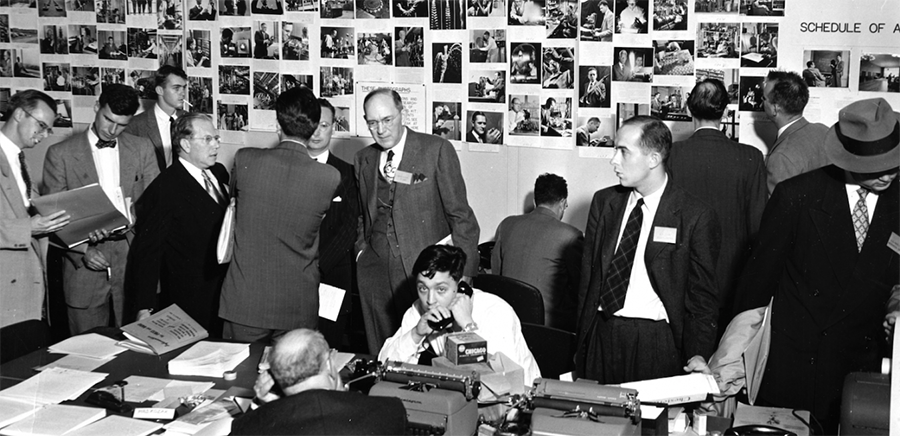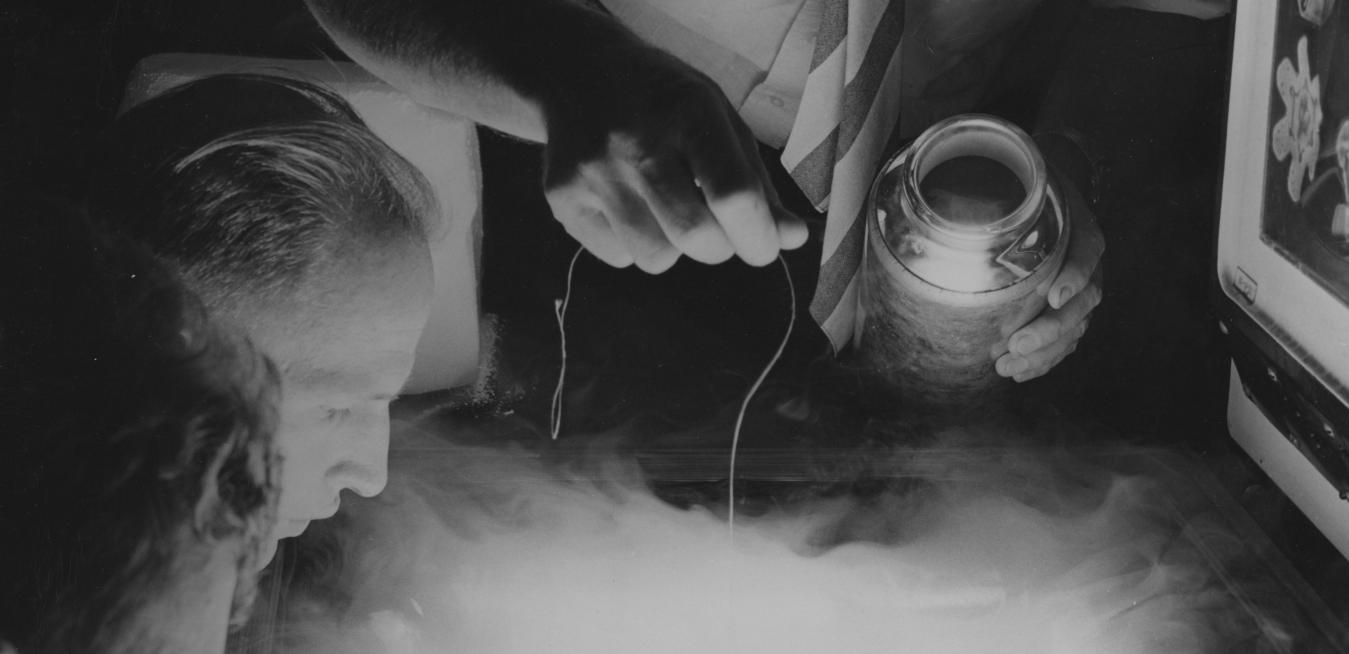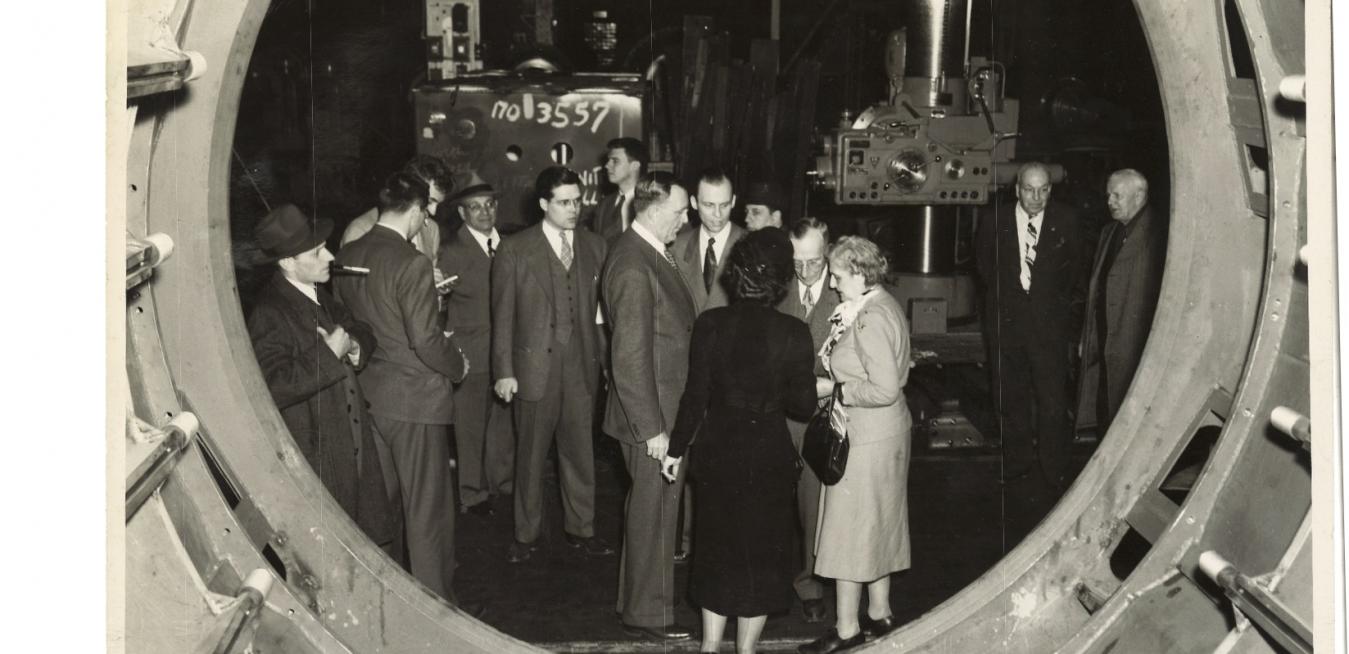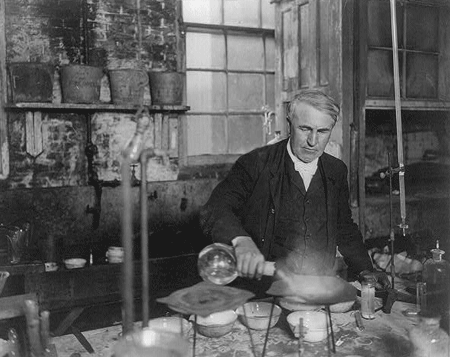Chester Lang, editor of the Syracuse News Standard, was sitting at his desk and thinking about GE. He was not happy. It was Lang’s job as the paper’s Sunday editor to find good industry stories, and few companies at the time — he became editor in 1917 — were as important and interesting as GE. But there was a problem. “When I wrote General Electric for a story, the results were most disappointing,” he later lamented, complaining about getting “a ‘story’ written in commercial language,” among other transgressions.
Kurt Vonnegut’s science-fiction novel “Cat’s Cradle” revolves around a tricky compound called ice-nine that can turn water solid at room temperature. Vonnegut, who worked for GE in the 1950s as an in-house journalist, came up with many beautifully outlandish plots for his best-selling books. But ice research was hitting close to his beat as well as his home.
Before Kurt Vonnegut Jr. wrote the bestsellers "Slaughterhouse Five" and "Cat’s Cradle," he lived near Schenectady, New York, and worked as a GE publicist. According to Vonnegut’s biographer Charles J.








